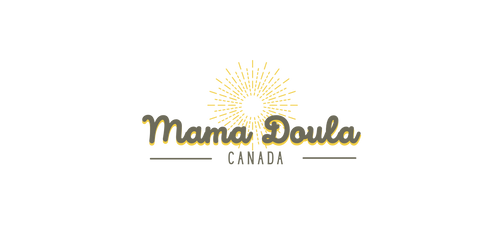El cuerpo de la embarazada y la posición del bebé son vitales durante el parto. Comprender cómo estos factores pueden afectar el resultado es fundamental para los futuros padres. Esta entrada del blog explorará la sencilla pero significativa relación entre el cuerpo de la embarazada y la posición del bebé, y cómo esta puede influir en la experiencia y los resultados del parto.
Posicionamiento corporal materno:
La posición de la embarazada durante el parto puede afectar el progreso y la comodidad del mismo. Algunas posiciones, como estar de pie, caminando o en cuclillas, pueden facilitar el descenso del bebé a través del canal de parto. Además, las posiciones erguidas pueden mejorar la eficacia de las contracciones y optimizar la apertura pélvica, lo que facilita un parto más suave. Por el contrario, acostarse boca arriba (posición supina) puede dificultar el progreso natural del parto y dificultar el desplazamiento del bebé por la pelvis.
Posicionamiento del bebé:
La posición del bebé en el útero puede afectar significativamente el resultado del parto. La posición ideal para el nacimiento es con la cabeza del bebé hacia abajo, mirando hacia la espalda de la madre (posición occipitoanterior). Esta posición permite que la circunferencia cefálica más pequeña del bebé se alinee con el diámetro más amplio de la pelvis materna, facilitando así su paso por el canal de parto. Por el contrario, una posición menos favorable puede provocar un parto más complejo.
Impactos en la progresión del nacimiento:
La posición óptima del bebé en el útero y la alineación corporal de la embarazada pueden influir positivamente en la evolución del parto. Un bebé bien alineado puede encajar en la pelvis con mayor facilidad y descender por el canal de parto de forma oportuna. Esta alineación facilita contracciones eficientes y minimiza el riesgo de un parto prolongado o de intervenciones. Por el contrario, una posición desfavorable del bebé o una mala alineación corporal de la madre pueden prolongar el parto, aumentar el riesgo de intervenciones y, potencialmente, provocar experiencias de parto más difíciles.
A continuación se presentan algunos indicios potenciales de que el bebé aún puede estar buscando la posición óptima para salir:
Progreso lento o irregular del parto.
Dolor de espalda persistente e intenso durante el parto.
Falla del bebé al encajar en la pelvis.
Desaceleraciones constantes o frecuentes en la frecuencia cardíaca del bebé.
Aumento del dolor o la presión en zonas específicas, como el hueso púbico o el coxis.
¡Terminando!
El cuerpo de la embarazada y la posición del bebé son cruciales para determinar el resultado del parto. Consideraciones sencillas como la posición del cuerpo materno durante el parto y fomentar una posición óptima del bebé pueden tener un impacto significativo en la experiencia del parto. Al promover posiciones erguidas, mantener una alineación corporal adecuada y estar atentos a la posición del bebé, los futuros padres pueden optimizar las posibilidades de un parto más placentero. Es recomendable hablar sobre estos factores con el personal médico y considerar la posibilidad de buscar el apoyo de una doula o profesional de parto que pueda brindar orientación y técnicas para ayudar a optimizar la posición fetal y la alineación del cuerpo materno. Recuerde que cada parto es único y, si bien buscamos una posición óptima, la flexibilidad y la adaptabilidad son clave para afrontar el proceso del parto.

